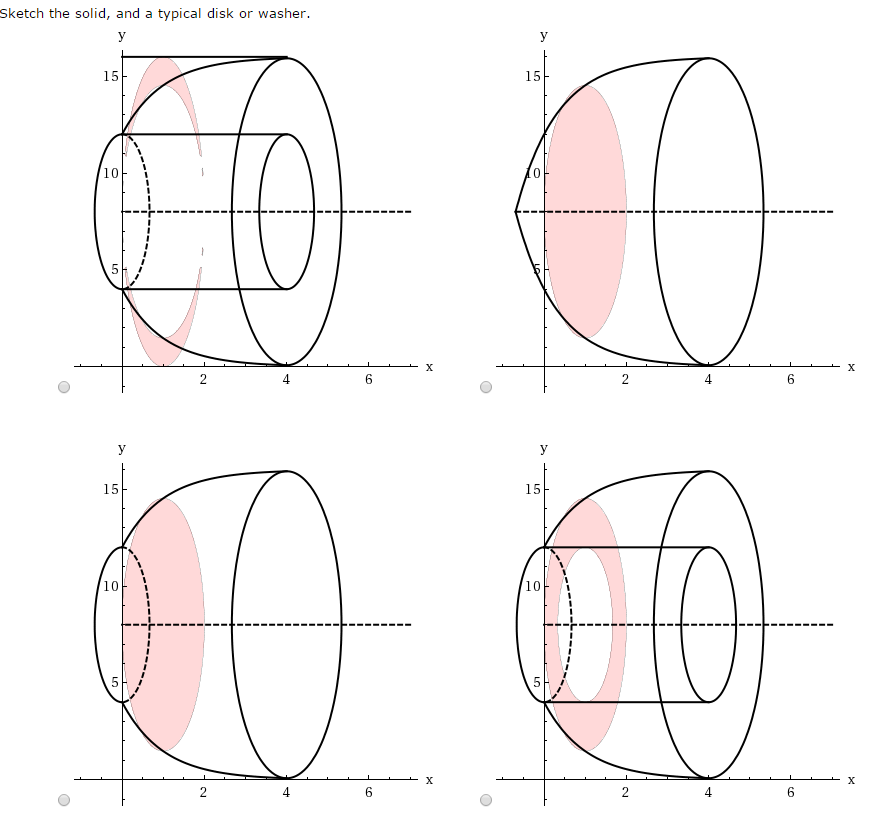
The cross-sectional area, then, is the area of the outer circle less the area of the inner circle. (c) The region between the curves over the given interval.

(b) A representative disk formed by revolving the rectangle about the (a) A thin rectangle in the region between two curves. The region of revolution and the resulting solid are shown in The following screenshot shows the details of a process associated. These include the global reputation of the file, path, name, command line, process ID, executing user, SHA256, start and end time, and duration. The graph of the function and a representative washer are shown in When you click an affected file in a threat graph, the Process details pane shows the latest details of the file. X -axis, the result is a solid with a cavity in the middle, and the slices are washers. Solution In Example 4 in Section 7.2, you saw that the washer method requires. For example, consider the region bounded above by the graph of the functionį ( x ) = x and below by the graph of the function Find the limits of integration (if they arent given as an interval) o Set the equations equal to each other. Compare the uses of the disk method and the shell method. Take a look at HP Pavilion 15-ec1023AX Gaming Laptop (Ryzen 5 4600H/ 8GB/ 1TB 256GB SSD/ Win10/ 4GB Graph) detailed specifications and features. It is available at lowest price on Croma in India as on Jun 08, 2022. When the solid of revolution has a cavity in the middle, the slices used to approximate the volume are not disks, but washers (disks with holes in the center). HP Pavilion 15-ec1023AX Gaming Laptop (Ryzen 5 4600H/ 8GB/ 1TB 256GB SSD/ Win10/ 4GB Graph) price in India starts from 59,999. A third way this can happen is when an axis of revolution other than the In other cases, cavities arise when the region of revolution is defined as the region between the graphs of two functions. Sometimes, this is just a result of the way the region of revolution is shaped with respect to the axis of revolution. The region of revolution and the resulting solid are shown in Figure 13(c) and (d).Some solids of revolution have cavities in the middle they are not solid all the way to the axis of revolution. The graph of the function and a representative washer are shown in Figure 13(a) and (b). A third way this can happen is when an axis of revolution other than the x\text the result is a solid with a cavity in the middle, and the slices are washers. The area function can then be found from the radii, R1 and R2: A y 1 / 3) 2 ( y 1 / 2) 2 ( y 2 / 3 y) Then we can set up and. This applet is for use when finding volumes of revolution using the washer method when rotating an area between two functions f(x) & g(x) around a line.

They were simply found by solving for x from the functions. to start with solids of revolution we take a 2-D graph and rotate it around.

Washers perpendicular to the y-axis have the radii shown (). disk and washer method math 252, volume the disk method and washer method. Sometimes, this is just a result of the way the region of revolution is shaped with respect to the axis of revolution. The washer method is perfect for calculating the volume of this figure. Step 1: Graph the bounding region and a graph of the object. Some solids of revolution have cavities in the middle they are not solid all the way to the axis of revolution. Sketch the cross-section, (disk, shell, washer) and determine the appropriate formula.


 0 kommentar(er)
0 kommentar(er)
